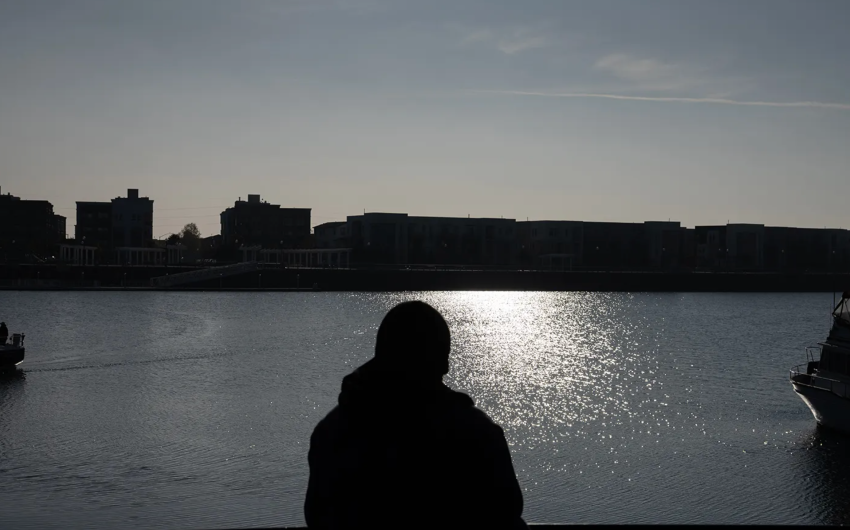From one perspective, CAMA’s eagerly awaited new “International Series,” bringing some of the world’s finest orchestras to our humble town, could seem to have started out small with last week’s 106th season-launching performance by the Los Angeles Chamber Orchestra (LACO). LACO, last heard here in 2018 and with a CAMA-connected track record going back to 1979’s Sir Neville Marriner–led concert locally, is a treasure in the domain of the world’s chamber orchestras. These are compact ensembles compared to the larger-than-life dimensions of a fuller, modern symphony orchestra.
But from another — and truer — perspective, the chamber orchestra model is an integrated world unto itself, firmly linked to orchestral history and with a clean, streamlined sound that can be refreshing to orchestra-inclined ears. Those very issues and questions were underscored in a fascinating program last Monday at The Granada Theatre. The chamber orchestra scale perfectly suited the opening Haydn Symphony No. 6 ‘Le Matin,’ nearly mirrored the original instrumentation of Brahms’ sunny-ish Symphony No. 2, and with the evening’s centerpiece of Mahler’s “Songs of a Wayfarer,” illustrated the practice of retooling a score to suit the ensemble, via Arnold Schoenberg’s scaled-down arrangement of the originally vaster orchestral dimensions of Mahler’s original orchestration.

Voila, the concert served as a case study in the anatomy and dialectics of the chamber orchestra form, replete with maestro Jaime Martín’s onstage dissection of the subject before the well-tooled and flowingly expressive Brahms reading. The maestro invited the audience to “explore how it sounds with a smaller orchestra,” with fewer string players but the same number of winds. He added that “there is something about that texture that is very revealing.” True enough — a leaner, lither essence prevailed, contrasting the tendency of Brahms-ian bombast in beefier orchestral settings.
Most importantly, LACO’s concert reaffirmed our high regard for this stellar orchestra’s tautness and vision, with the added bonus of baritone Dashon Burton’s truly moving performance of the Mahler song cycle. A replacement for originally-slated baritone Thomas Bauer, Burton — whose workload also includes a role in the innovative vocal group Roomful of Teeth — brought the right degrees of gravitas and vulnerable sweetness to the Mahler. As with Schubert’s landmark song cycles “Die Winterreise” and “Die Schöne Mullerin,” the pressing subject and cause for melancholic reflection in Wayfarer is unrequited love, with themes of nature allegory in the margins.
To this carefully crafted interior expressive world of a four-song structure, Burton embodied the fragile character of someone in the throes of a would-be lover’s pained beauty, shifting subtly from dark to light, from wary optimism to weighty longing. By the finale, “Die zwei blauen Augen,” a dirge with glints of hope, Burton’s fine interpretation and the supple support system of the LACO beautifully conspired to enact the delicate balance of resignation and a possible transcending from romantic torment. Mahler, and Schoenberg, would approve. As did we.











You must be logged in to post a comment.